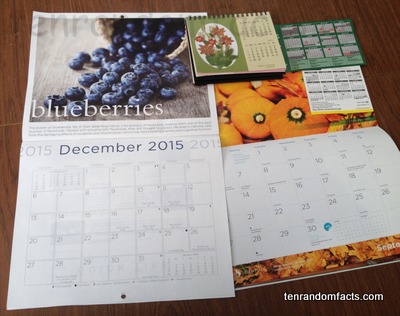Flip the calendar over to a new year.
- Calendars are a form of keeping and documenting time using a periodic system, often with paper or in modern times, electronics.
- The term ‘calendar’ originates from the Latin word ‘calandae’, or ‘kalandae’ which can be translated as ‘moon’, which was noted as Ancient Rome’s first day of each month.
- The movement of the sun and/or moon are the most common basis of a calendar, and this was also common throughout ancient history, however, there have been as many as 80 dating systems in history (some only with slight variants to others), due, in part, to discrepancies with natural cyclic events and the established yearly schedule, religious observances, and culture.
- The international, and most commonly used, modern 365 day calendar, known as the ‘Gregorian calendar’, first surfaced in 1582 AD, introduced by Ugo Boncompagni, better known as Pope Gregory XIII, which is based on the Julian one that was adopted in Rome around 45 BC under the rule of Julius Caesar.
- Calendars typically feature some combination of years, weeks, months, weekdays and days, and weeks may begin on Sunday or Monday.
- The Gregorian calendar was originally used by countries influenced by Roman Catholicism, expanding in use though the modern society by the 1800s to the 1900s.
- Calendars can be purposed for the marking and reminding of events; and some religions have versions separate to the modern form, for their own purpose.
- Some of the first known calendars originated in Ancient Egypt and Ancient Babylonia in the Middle East, and while most of the world has now adopted the Gregorian structure, as of 2015, there were still a handful of countries which had not.
- Physical calendars are often displayed in rows and columns, and depending on the form, they may be displayed on a wall, on a magnetic surface, in a book, or on an electronic device; and often one month, day, or week is displayed per page.
- Depending on the calendar system used, months, weeks and years may differ in length (counted in number of days), while the Gregorian system uses seven day weeks; month lengths of 30 or 31 days except February which generally has 28 days; and a year of 365 days, except every four years when a leap year occurs, where February has an extra day.
Bibliography:
Calendar, 2015, Wikipedia, https://en.wikipedia.org/wiki/Calendar
History of the Calendar, 2007, infoplease, http://www.infoplease.com/ipa/A0002061.html
History of the Calendar, n.d, History World, http://www.historyworld.net/wrldhis/PlainTextHistories.asp?historyid=ac06







